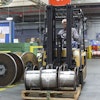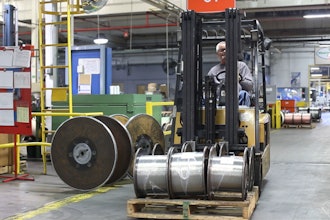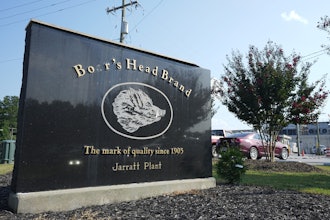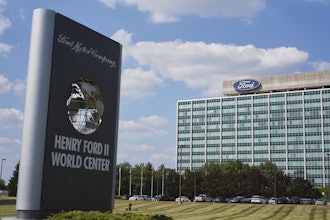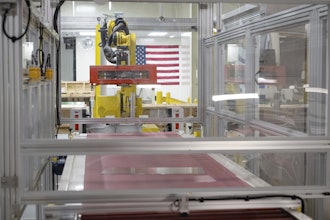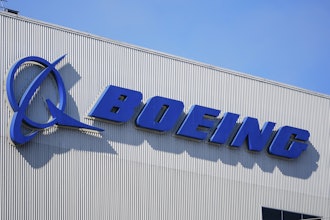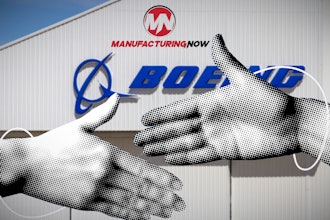In our last segment, we discussed key advancements in predictive maintenance technologies, including remote access and video systems, as well as improved communication through mobile applications. Now, we’re helping you navigate the world of industrial business apps.
Manufacturers in all sectors are deploying mobile applications on smartphones or tablets using barcodes and RFID card readers. These solutions are robust, inexpensive, and rely on low-cost, widely-available equipment. According to an ARC Advisory Group survey of over 5,000 plants globally, more than 75 percent of them had implemented industrial maintenance mobility software as of 2011. This number is only growing as manufacturers are forced to respond quickly with scaled-down workforces.
According to the Boston Consulting Group’s current estimates, the U.S. is short about 80,000 to 100,000 highly skilled manufacturing workers. Occupations in especially short supply are welders, machinists, and industrial machinery mechanics. Although this gap represents less than 1 percent of America’s 11.5 million manufacturing workers, it could become a serious problem in the coming years.
As aging baby boomers in key trades retire, and ramped-up manufacturing boosts labor demand, this labor shortage will grow. According to government statistics, the average highly-skilled manufacturing worker retires at 56 years old. So if manufacturing continues to grow as we expect it will, we could face a shortage of 875,000 highly skilled workers by 2020, according to a Business Week report.
As plants are running on skeletal maintenance crews, it’s important to make sure their time is being used as efficiently as possible. The ability to prioritize maintenance work, schedule it in advance, and share findings in real time is a great way to keep facilities running at peak performance, often with cost savings.
